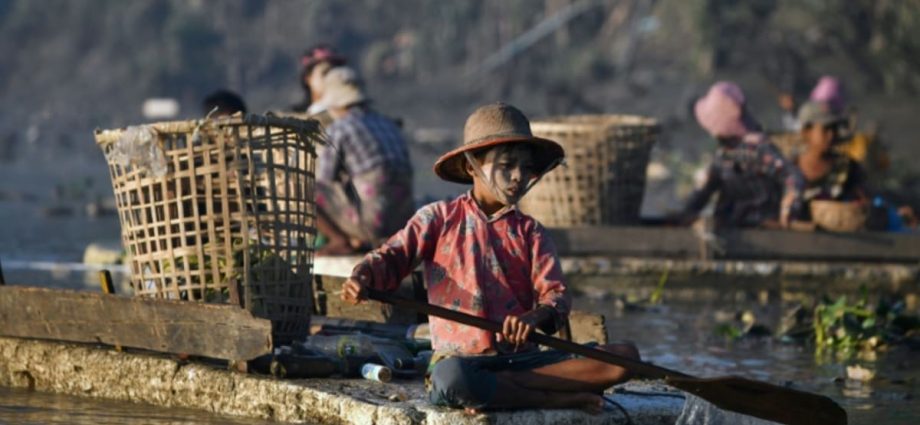
When asked what the immediate needs of the people of Myanmar were, he said he did not want to jump to conclusions with the team still working to finalise their findings, but added that aid recipients would include people in the villages.
“There are people who because of the violence on the ground, have to move. People who really are not able to get access to the things that they need to survive. And I think those are the people we will focus on,” said Dr Kao.
He said the assessment would require “close collaboration (and) cooperation” from Myanmar.
ASEAN’s work in Myanmar has been supported by the Office of the Special Envoy under current chair Indonesia.
CHALLENGES IN CONDUCTING ASSESSMENT
In conducting the needs assessment, the ASEAN Coordinating Centre for Humanitarian Assistance on Disaster Management (AHA Centre) has been working with authorities under the current Myanmar regime, but also engaging in dialogue with ethnic armed opposition, Dr Kao said.
The assessment has not been without its challenges – the first being access, which has slowed the process, he said.
Identifying credible parties to interview is another.
“We cannot force something that cannot be done. So I think the AHA Centre … will have to take into account what can be done. And that’s why we need cooperation from the authorities concerned, but also from the people we work with,” Dr Kao said.
Following the review, ASEAN will have another pledging conference.
The last pledging conference to support ASEAN’s humanitarian assistance to Myanmar was in 2021, where the equivalent of almost US$8 million in monetary pledges and in-kind contributions of medicine, medical supplies and equipment to contain the spread and infection of COVID-19 was raised.
PLANS TO VISIT MYANMAR
Dr Kao said he plans to visit Myanmar in his role as ASEAN’s secretary-general when the time is “right”.
“I have been invited to go to Myanmar, but only after the joint needs assessment has been completed. That will give me the key information that I need, then of course I will have to look at what more needs to be added,” he said.
The main goal of his visit would be to find out the needs and concerns of the people.
“That’s number one priority for me and (to) see what we can do to support them,” he added. “And also, certainly, we want to see reduced violence on the ground, and people can return to their villages.”

